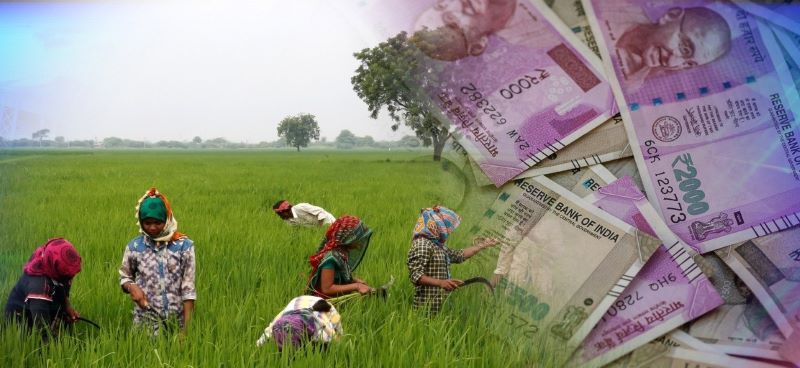 The flood-affected farmers in Punjab face a compelling case for loan waivers rather than mere rescheduling, especially when viewed against the backdrop of corporate debt treatment in India. When major corporations default on substantial loans, banks often write off these debts or restructure them with minimal recovery, effectively treating them as non-performing assets with limited consequences for the borrowers. This precedent raises serious questions about equity in the financial system’s approach to agricultural versus corporate debt.
The flood-affected farmers in Punjab face a compelling case for loan waivers rather than mere rescheduling, especially when viewed against the backdrop of corporate debt treatment in India. When major corporations default on substantial loans, banks often write off these debts or restructure them with minimal recovery, effectively treating them as non-performing assets with limited consequences for the borrowers. This precedent raises serious questions about equity in the financial system’s approach to agricultural versus corporate debt.
Rescheduling loan repayments by six months, while appearing as relief, fails to address the fundamental devastation that floods bring to agricultural livelihoods. Unlike businesses that may have diversified revenue streams or insurance coverage, farmers typically depend on single crop cycles for their annual income. When floods destroy standing crops, contaminate soil, and damage agricultural infrastructure, the impact extends far beyond a temporary cash flow problem. The six-month deferral merely postpones an impossible financial burden rather than providing genuine relief.
The agricultural sector’s contribution to employment and food security deserves consideration equal to that given to corporate enterprises. Farmers affected by natural disasters like floods lose not just their current season’s investment and expected returns, but often face additional costs for land rehabilitation, new seeds, and equipment replacement. Unlike corporate entities that can restructure operations or access capital markets, small and marginal farmers have limited financial flexibility and few alternative income sources during recovery periods.
Declaring these flood-affected loans as non-performing assets and implementing waivers would acknowledge the extraordinary circumstances beyond farmers’ control, similar to how force majeure clauses protect corporate borrowers. This approach would provide farmers with a genuine fresh start, enabling them to reinvest in their agricultural activities rather than remaining trapped in debt cycles that could persist for years, ultimately threatening both their livelihoods and the region’s agricultural productivity.
Skip to content
Top New World+